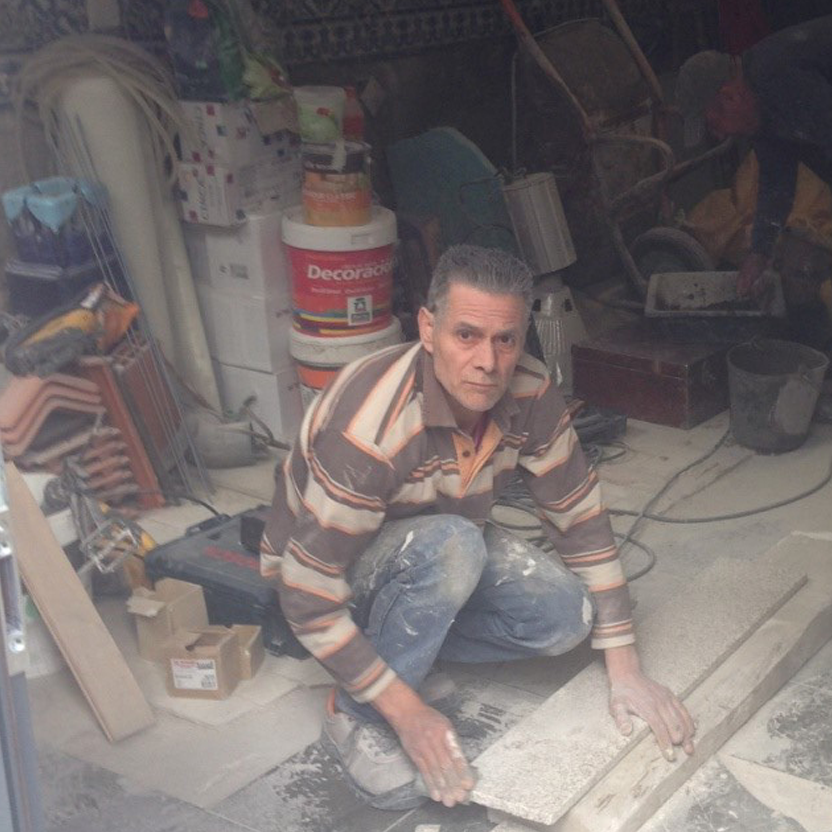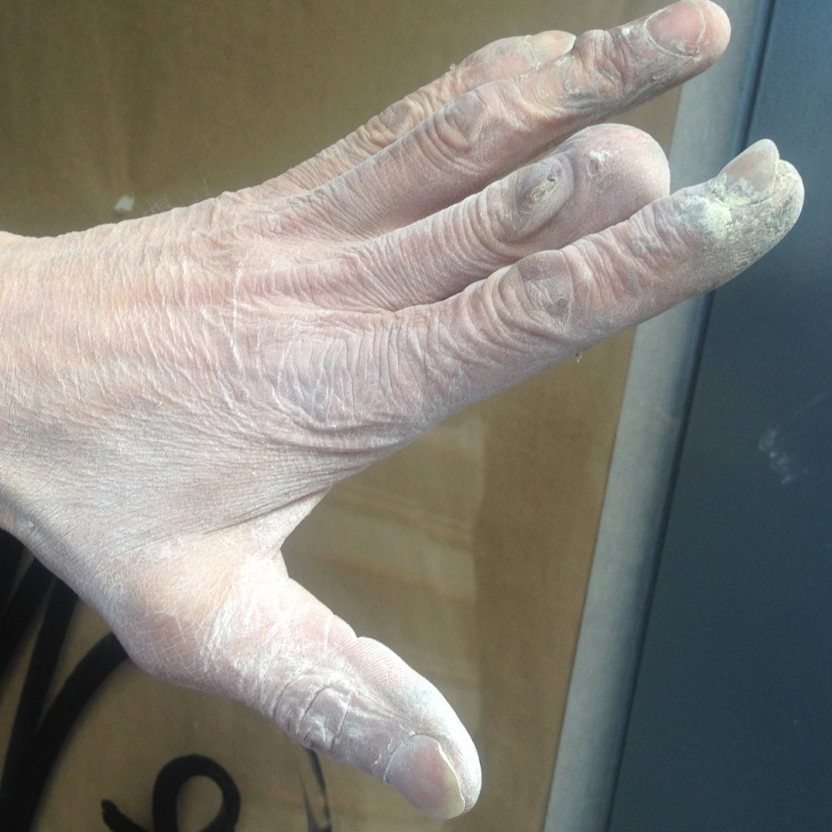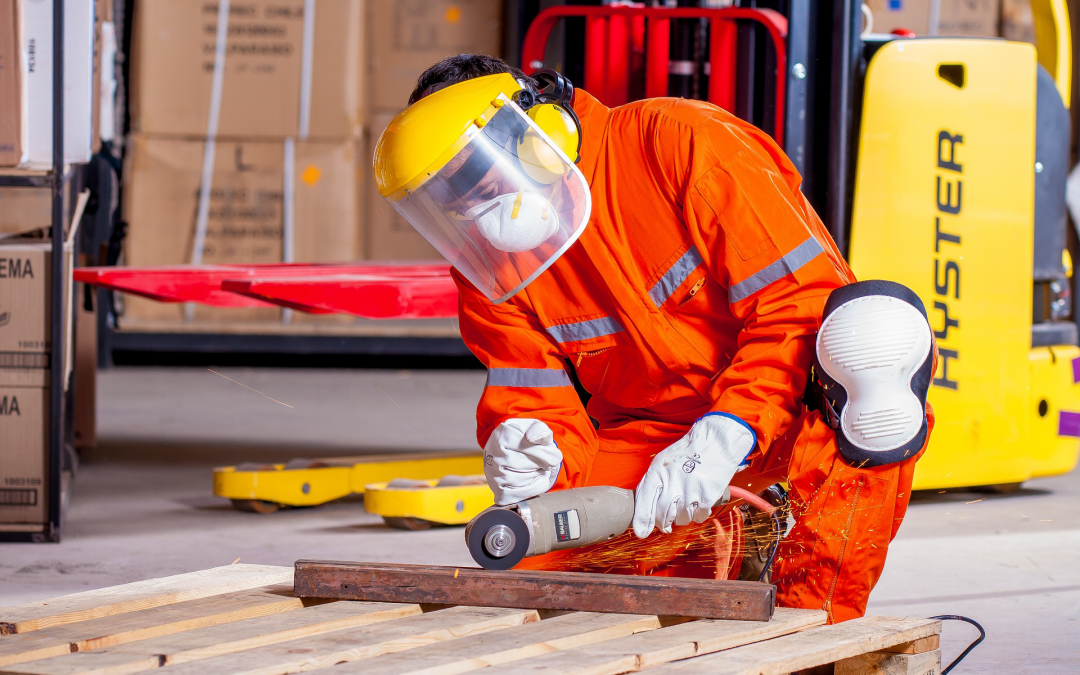How many of you that are reading these lines never listened from your leader or from the corporate office that we need to bring to our institution “the best available practices in health & safety”?
This a beautiful, usual and ineffective phrase to the top management show their concerns, commitment and passion for health & safety aspects. Usually associated with this phrase, we listen: we are saying that because “we care” with you”… Most of the times this is a false statement, but seems to work, until the day the workforce discover that this is only a “cliche”.
We need to understand that we live in the same planet, but with completely different safety & health cultures, mentalities and procedures and, one best practice in Australia does not mean it will work or have the same effectiveness in Portugal, for example.
Before bringing any new “best practice” is necessary to perform a risk evaluation, and only after that, to make decisions about bringing a best practice. This is part of any decent and basic change management procedure and the risk based decision making process.
It is necessary to prepare the working force (of all levels and mainly the top management) to understand, accept and comply with the health and safety “best practice” being brought to an operation. The focus will be to influence and try to transform the health and safety mentality, to another acceptable level that will mitigate the risk to have a fatality or a lost day incident (LTI), or a restricted work day incident (RWDI) or even a medical aid incident (MAI), all classified as “lost time injuries” and impacting directly the “Total Recordable Incident Frequency Rate/TRIF”.
One example I use to give, as general example purpose, related to the preparation of somebody to understand, accept and comply with new reality, is the case of latin american soccer players that will play in Europe or Japan, and several of them return to their home countries before one year abroad (most of them with some kind of psychological illness) and why this happen? Because they were not psychologically prepared to face a new environment, much more developed, rich and with another culture. They do not adapt themselves to this new circumstance, although they are receiving great salaries, cars, houses, luxury clothing, etc…..they were not used to have in their previous poor lives.
The famous case of a Brazilian soccer player.
There is one famous case that a Brazilian soccer player, millionaire, living in Europe, but got depression because he was missing the “favela” environment he grew -up.
He was not prepared in Brazil before going to Europe to understand, accept and comply with the European culture of the country he would live.

One personal experience. (Celso Sandt Pessoa, March 11, 2017).
Just to conclude these lines, yesterday I was walking at Porto downtown, on a beautiful sunny and warm afternoon, when I passed in front of a store restoration, and saw two workers working in a dusty environment (exposed to crystal silica/ cement), working with portable electrical equipment to cut pieces of granite, among other hazards such as electricity.
There were no basic PPEs (personal protective equipment, such as dust mask, googles, gloves, ear caps, among others).
According to my health & safety principles and mentality, and the passion for the theme, I stopped, asked permission to take some photos and talk with both workers (but younger ones). They were not aware about silicosis (exposition to crystal silica). Related to the lost part of the finger of one worker (as shown in the photo), the worker said this was a normal situation due to the kind of this work! This is their “health & safety mentality”, and this is the major challenge of any institution to manage, and it is not difficult.
It is just a matter of desire.



